How to Clear iPhone Cache and Data
Apple devices are even more user-friendly than their Android counterparts. They do a good job of simplifying things for the end-user, but they still tend to get clogged up over time with a lot of unnecessary files. Regardless of what Apple’s marketing team is selling, cache and app data accumulation will slow your device down over time.
If you’re working with a 16 GB iPhone, chances are you are going to run out of space at any moment. But even if you have a 32 GB or 68 GB model, temporary files, app data, and other junk files will end up occupying a lot of valuable space.
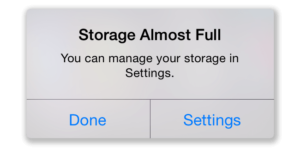
iOS devices collect a lot of information and store it for future use. Every time you use Facebook, Twitter or Whatsapp, your device will store cache data that will pile up over time. Even though iOS is programmed to avoid allotting cached memory to apps that run in the background, the speed of your device will be affected over time. Like it or not, knowing how to clear data and cache on your iPhone will make your device function faster.
Below you have a collection of methods that will help you clean memory-clogging files and other junk on your iPhone.
Method 1: Clearing the cached data from Safari
The Safari app uses cached data to store information that can easily be accessed when needed. This improves the user experience and makes your browsing a lot faster. We spend a lot of time surfing the web, so it’s understandable why our web browsers contain the most amount of cached data when compared to most of other apps. Luckily, cleaning the cached data from Safari (the default iOS browser) is extremely easy.
If you wish to free up some space on your iPhone, this is one of the best places to start. Follow the steps below to delete the cached Safari data on your iPhone.
- Launch the Settings app on your iPhone / iPad / iPod.
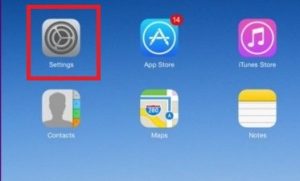
- Scroll down and tap on Safari.
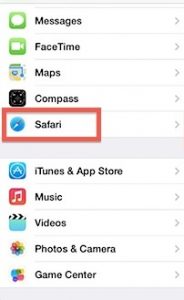
- After you tap on the Safari entry, scroll all the way down and tap on Clear History and Website Data.

- Tap Clear History and data again to confirm.

Method 2: Cleaning App cache from Settings
Besides Safari, there are a lot of apps that will store cached data for the sake of improving the user experience and make the app run faster. Almost all the apps you end up installing on your device will end up using additional memory besides the initial download size.
Perhaps the biggest shortcoming of iOS is the inability to clear an app’s cache without uninstalling it. On Android, it’s as simple as hitting the Clear Data button, but iOS doesn’t have a built-in way to do the same. But if you desperately want to free up space by deleting some app caches, you can uninstall some apps and reinstall them back. This will free up considerable space. Here’s what you need to do:
- Open up the Settings app and tap on General.

- Scroll down and tap on Storage & iCloud Usage.
- Scroll all the way down and tap on Manage Storage.
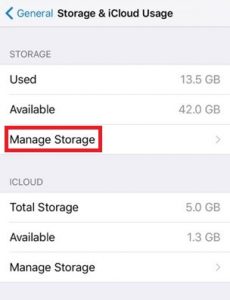
- You should now see a list with all your apps, along with the memory they each take.
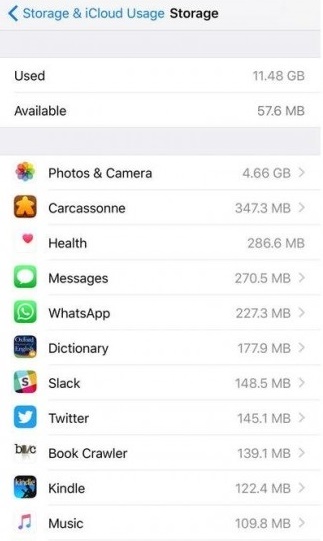
- Tap on every app that takes a lot of space and hit Delete app. Repeat the procedure with every app that takes a lot of space.
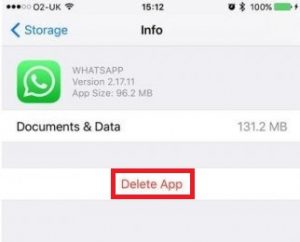
- Head over to the App store and download the apps you’ve just uninstalled again.
Method 3: Clearing cached data with a 3rd party software
As we already established, iOS has no built-in way of clearing a specific app’s cache, without uninstalling the entire app. Some developers have included a feature that enables users to clear the cache from within the app they’re using, but those cases are still rare.
To date, the best and safest way to clear an app cache on any iPhone / iPad / iPod device is to use a dedicated 3rd party software. You can also use these types of programs to clear out other data types like cookies or duplicated contacts. Before you go on, make sure you have a PC or MAC at the ready.
Note: Using the appropriate software to clear app cache, cookies and junk files is completely safe.
Since the software is different from platform to platform, we have included two separate guides – one for MAC and one for Windows. Follow the guide appropriate to your desktop platform.
Clearing the cache with Cisdem iPhone Cleaner (for MAC users)
Cisdem iPhone Cleaner is by far the most capable iPhone cache cleaner that works via MAC. It will quickly analyze your system and carefully removes cookies, cache, browsing history, junk files and other files that have no active utility. Here’s how to use Cisdem iPhone Cleaner to clear the cache from your iPhone:
- First things first, you need to download and install Cisdem iPhone Cleaner on your MAC. You can download it from here.
- Once the software is fully installed on your MAC, connect your iOS device to your MAC with a USB cable.
- On your iPhone, tap Trust to enable the connection between the two devices.

- Now open Cisdem iPhone Cleaner and wait for the device to sync with the software. You can verify this by checking if the icon says “Connected“.

- Once you’ve made sure that the iOS device successfully connected to your MAC, click on App Cleaner. The setting is located directly below Device Manager.
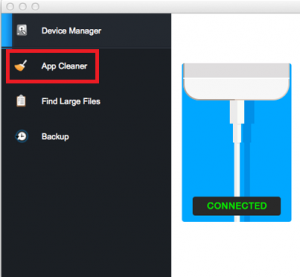
- Now click on Scan. The software will automatically look for an app any app cache, junk files, and other redundant documents. When the query ends, you will be given the choice to remove all the files that have just been analyzed.

- If you still filled that you need more space after clearing the cache, there’s one more thing you can do with this software. Cisdem iPhone Cleaner is capable of searching for big files telling you if it’s safe to delete them. Just click on Find Large Files and hit Scan. After the query is complete, select which files you wish to delete.
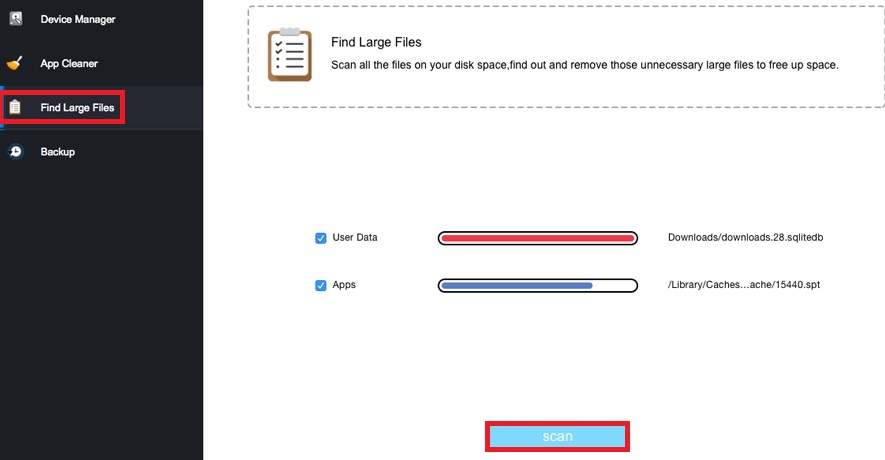
Clearing the cache with iFreeUp (for Windows users)
If you’re using Windows on your desktop computer, iFreeUp is essentially your only sollution for clearing the cache data of your iPhone. iFreeUp will remove useless cache and log files in a simple and easy way. It will also manage various unessential files of your iOS to boost the performance of your iPhone, iPad or iPod.
Even more, it has a built-in file manager that allows you to export, import or delete anything from photos to books from your PC to your iPhone and vice versa. Follow our guide below to learn how to clear cache data on iPhone on a Windows computer:
- First things first, download and install iFreeUp from this link.
- Once the software is installed, launch iFreeUp and immediately connect your iPhone to your PC.
- On your iPhone, tap Trust to enable the connection between the two devices.

- After it gets detected, your device should be visible on the bottom side of the screen.

- After your phone gets detected, click on Scan and wait for the process to complete.
- Once the analysis is complete, hit the Clean button to begin the cleanup process.

Method 4: Clearing the App Cache with CacheClearer tweak (only on Jailbroken devices)
If you have a jailbroken iPhone, this is by far the best solution. So far, I’ve been able to identify two jailbreak tweaks that will let you clear cache and free up space on your iPhone. Installing one of the tweaks below is extremely easy. The hard part is jailbreaking your iOS device. If you’ve never done it before, I would take it straight to a technical as the process is quite tedious.
CacheClearer
CacheClearer is a jailbreak tweak that enables users to clear the cache on almost every app. This tweak will enable you to clear the cache on each app in part right from the app settings menu. You don’t have to uninstall the app or anything like that, it feels like a native setting. Here’s how to install CacheClearer:
- Launch Cydia.
- Go to Sources > Edit and add http://rpetri.ch/repo
- Choose CacheClearer from the list and confirm the installation.
- Reboot and go to General > Storage & iCloud Usage > Manage Storage and see if you have a Clear App’s Cache button.
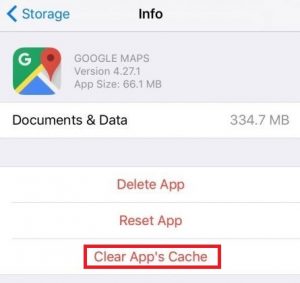
iCleaner
iCleaner is a standalone app. As opposed to integrating nicely with the OS like CacheCleaner, this tweak has it’s own menu with a lot of customisable options.
iCleaner is more complex than the first tweak, as it’s capable to clear the Safari cache, delete temporary files, remove message attachments and delete cached data from all applications. It’s all done with a single tap. Here’s how to install iCleaner:
- Launch Cydia.
- Go to Sources > Edit and add https://ib-soft.net
- Download iCleaner and confirm the installation.
- Reboot and open iCleaner.
- Wait for it to scan your device, then tap on Clean to free up valuable space.
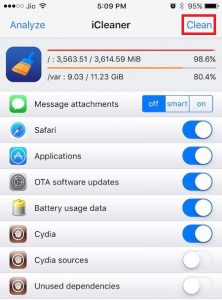
Conclusion
As you were able to see, there are some ways to clear app cache on iOS. I admit it’s a lot less convenable than on Android, but it certainly can be done. In the end, it all depends on what you’re working with. If you have a jailbroken device, don’t think much before opting for a tweak. But if you’re not jailbroken, doing a clean-up via a desktop based computer will definitely yield the best results. Just make sure you choose the right software.
On the other hand, if you don’t have a computer at the ready, it’s worth it to do some chores manually as explained in Method 1 and Method 2.